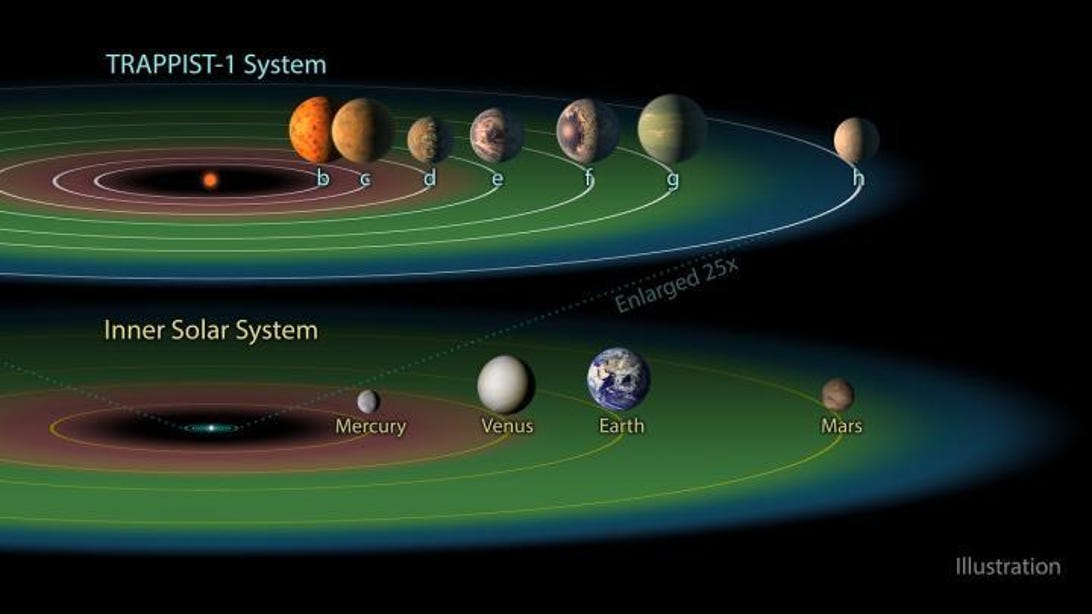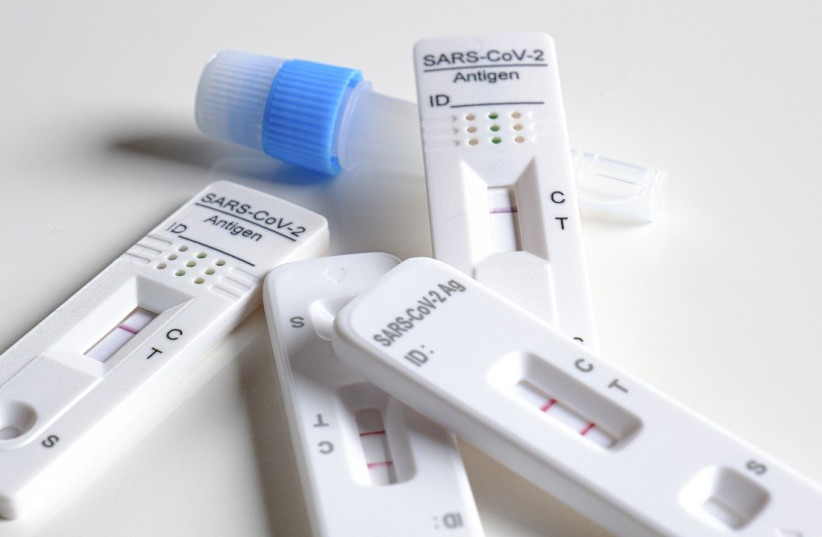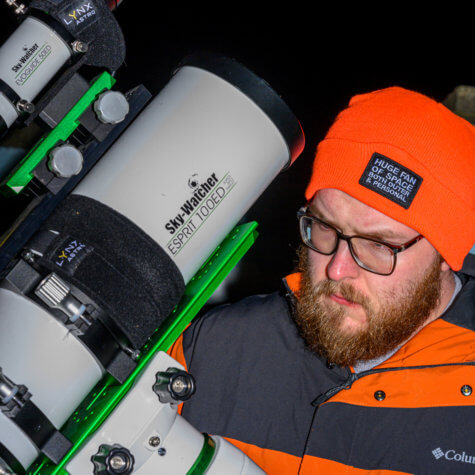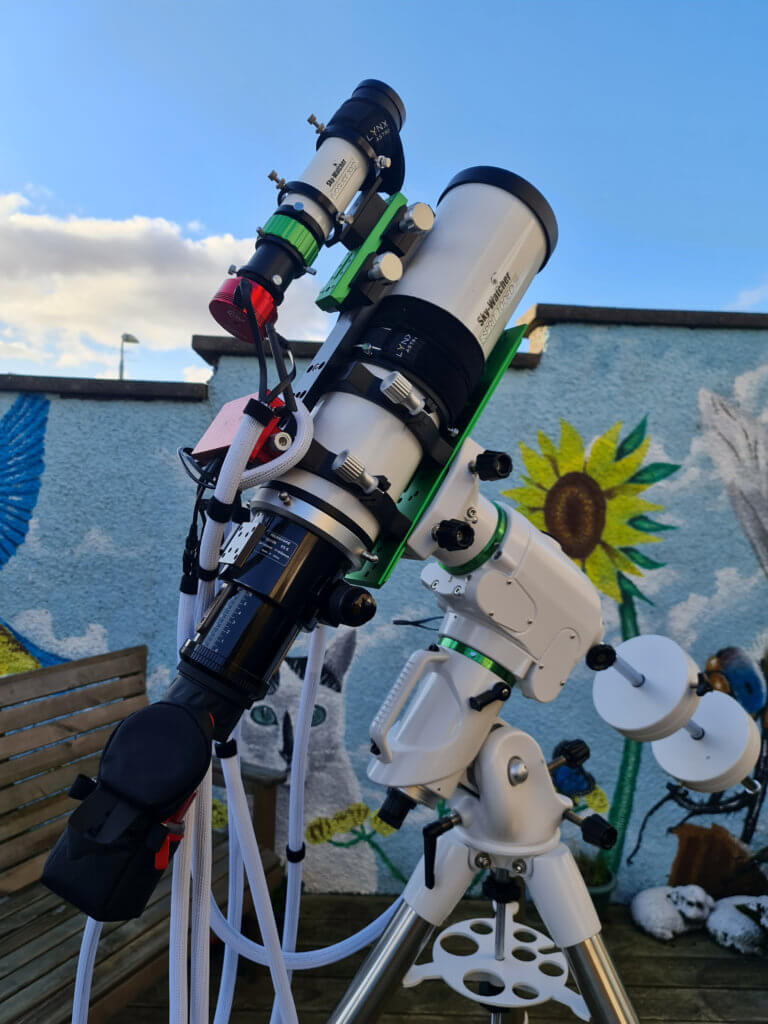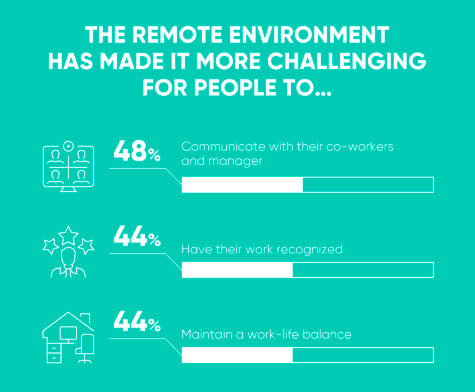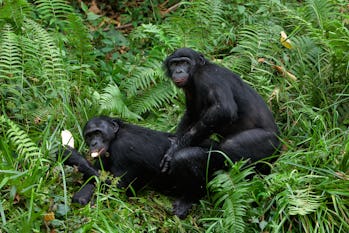Climate and the city: The grave threat to cities from climate change demands urgent solutions
The construction building material impacts the environment as most cities use concrete material and steel that absorbs heat. The use of sustainable materials in the construction of spaces or constructing a water body indoors can help.

The latest UN Intergovernmental Panel on Climate Change (IPCC) is an alarming assessment on the impacts of global warming of 1.5 degree C above pre-industrial levels and related global greenhouse gas emissions. While coastal cities are facing the highest climate risks as sea-levels rise, inner lands are not far behind. “I’ve seen many scientific reports in my time, but nothing like this,” said UN secretary-general António Guterres during a press conference unveiling the report this year. It is a “damning indictment of failed climate leadership,” he added.
Since urban heat islands often amplify the impacts of heat waves in cities, this is a common phenomenon and a predictable hazard. It has impacted health and cities’ infrastructures. Heat waves accelerated last year. In August, Spain had set a new provisional heat record of 47.2 degrees C. Despite the heat, the locals in a town of about 1,400 people, Algar in southern Spain, enjoyed their evenings outside their homes. Portland and Seattle in the US experienced temperatures above 40 degrees C. Like most European cities, especially Athens, the heat wave dampened the tourist season. The Greek capital became the first in Europe to appoint a chief heat officer, following Miami, which announced the first person to hold the position in May.
However, urban greening is often explained as a solution to tackle heat waves or floods through green and natural urban spaces, community gardens, green corridors, etc. The construction building material impacts the environment as most cities use concrete material and steel that absorbs heat. The use of sustainable materials in the construction of spaces or constructing a water body indoors can help. Most architectural designs have switched to exteriors utilising organic elements like verdant vertical gardens, large windows and ventilated buildings.
According to findings by the Washington-based US Green Building Council, buildings alone consist of around 41% of the global energy use. Concrete can be replaced with the use of alternate construction materials like hempcrete, a mixture of hemp hurds and lime, a lightweight insulating material ideal for most climates as it combines insulation and thermal mass. Recycled scrap steel, ideal for eco-building construction, can be used for beams, girders and other structural components. It reduces the energy impact by 75%. Solar tiles help generate power for the building’s inhabitants and protect the roof top from the sun. Paper-based insulation, made from recycled newspapers and cardboard, is a superior alternative to chemical foams as it is insect-resistant. Bamboo can be used in unseen elements behind the walls for tenacity.
While there is adaptive reuse of doors and recycled wood to eliminate toxic construction waste, rainwater harvesting and percolation pits help in regulating the water consumption of a structure. Breathable walls have become imperative as technological solutions such as titanium dioxide coating, biodynamic cement, bentonite clay help filter out air pollutants in the micro climate. Bio-dynamic concrete panels use sunlight to catalyse chemical reactions and convert nitrogen oxide and sulphur dioxide into inert salts. Such materials are not prohibitively expensive and add as little as 4-5% to construction costs.
Corporate initiatives like the Mahindra-TERI Centre Excellence help bridge the gap in publicly available data, tools and guidelines to support the development of green buildings in India. Mahindra Lifespaces, the real estate and infrastructure development arm of the Mahindra Group, and The Energy and Resources Institute (TERI) published key findings from five years of research on resource-efficient buildings, materials and technologies tailored to Indian climates and conditions. The research focuses on standardisation and measurement of building materials. More than 150 new and existing materials have been tested for their thermal properties. This will support reduced energy consumption in buildings, enable improved user comfort and wellbeing, besides the design of buildings and homes. “The real estate industry can play a critical role in meeting SDG commitments and crafting buildings designed for user well-being,” says Arvind Subramanian, MD & CEO, Mahindra Lifespace Developers.
Making cities safer and liveable for citizens while reducing emissions, Honeywell has partnered with software firm Trinity, to deliver integrated solutions for smart cities. For instance, aggregating information from traffic, environment, parking, emergency services, safety and security, and utilities to enhance efficiency of cities, and large planned residential communities.


